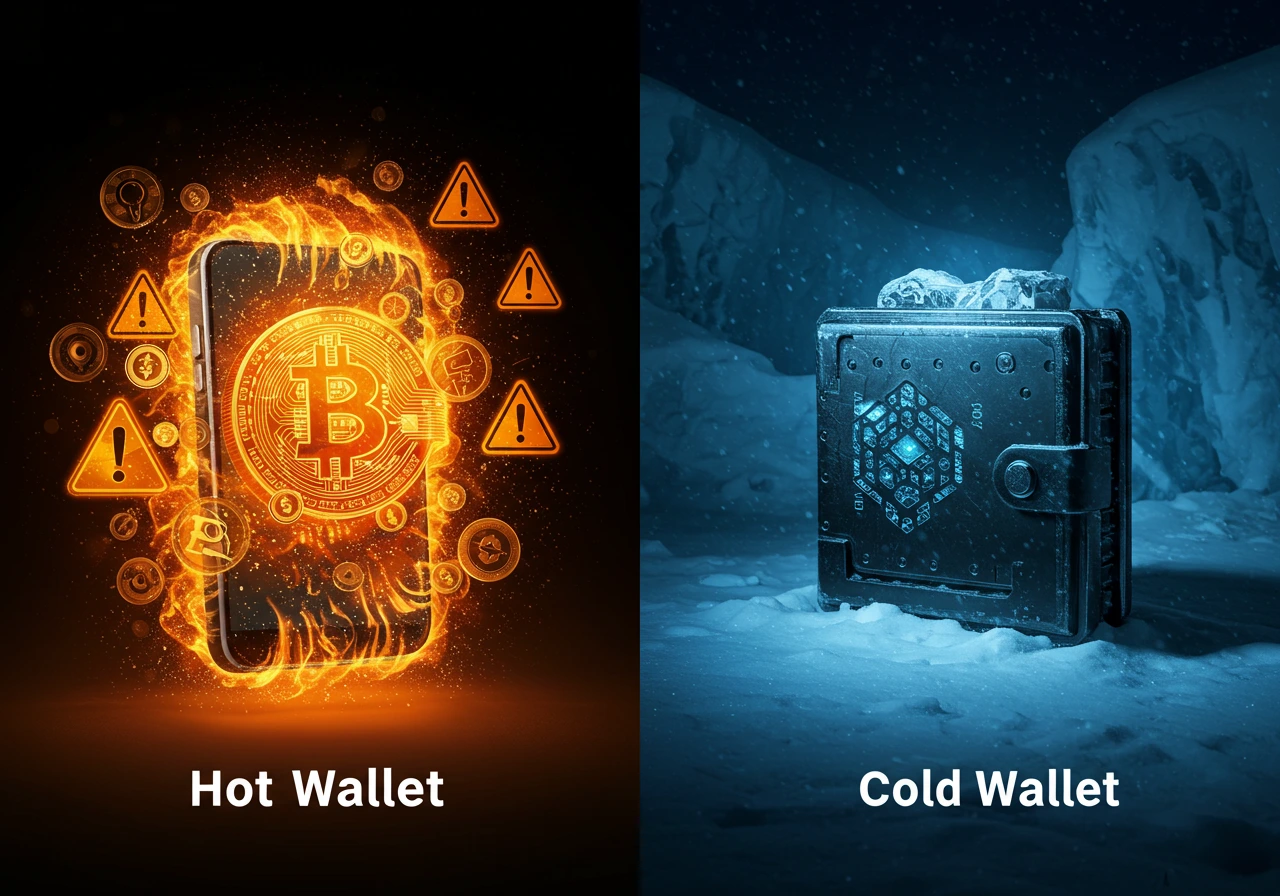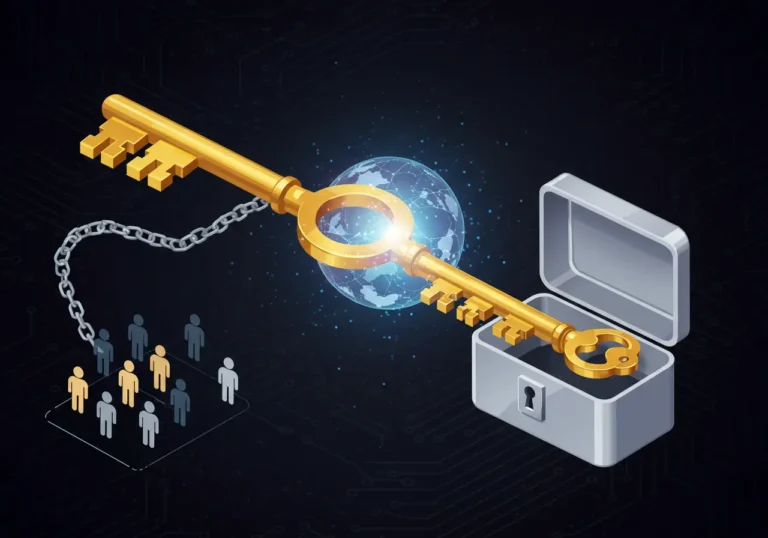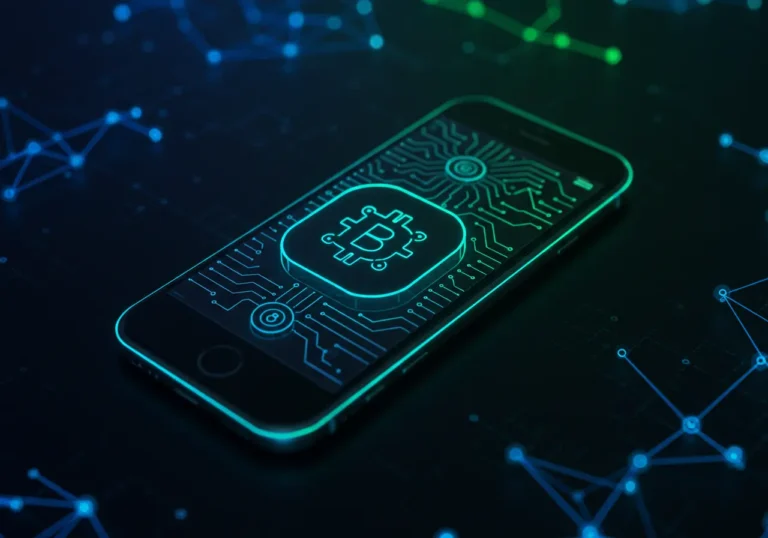Hot vs. Cold Wallets: Which Keeps Your Crypto Safer?
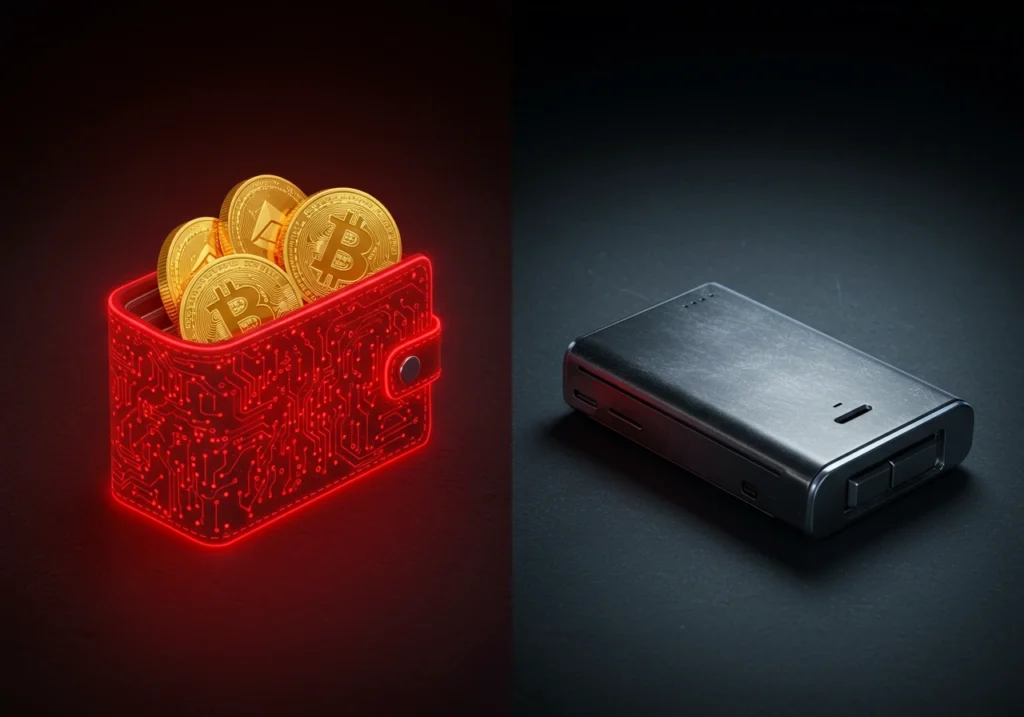
Hey There, Let’s Talk About Hot and Cold Wallets
I’ve gotta tell you something that hit me hard the other day. I was thinking about all the hard work I’ve put into saving up some Bitcoin, only to wonder if it could just vanish. Poof, gone, if I’m not careful. That kind of worry sticks with you, doesn’t it? I bet you’ve felt it too if you’ve got some digital money tucked away. So, let’s sit down for a bit and chat about how to keep that stuff safe. I’m gonna break down two ways to store your crypto—hot wallets and cold wallets—like we’re just catching up over a soda.
I’ve messed around with both of these myself, learned a few things the hard way, and I wanna share what I’ve figured out. No fancy words, just plain talk. Ready to dive in?
What Are These Wallets Anyway?
Hot Wallets: Easy but a Little Risky
Picture this: you’ve got a few bucks in your pocket for grabbing a coffee or paying for gas. That’s kinda like a hot wallet. It’s a spot to keep your cryptocurrency online, right on your phone or computer. Super handy! You can send some Bitcoin to a buddy or buy something online in a snap. I use one when I need to move small bits of crypto fast.
But, here’s the thing—it’s online all the time. That means if some sneaky person figures out how to hack into your stuff, they might swipe it. It’s like leaving a few dollars on your kitchen counter. Usually fine, but not the smartest spot for a big pile of cash. You with me so far?
Cold Wallets: Safe but Less Handy
Now, think of a heavy safe hidden in your closet, the kind you’d use for your most valuable stuff. That’s what a cold wallet feels like. It keeps your crypto completely off the internet. No connection, no way for hackers to get at it. It could be a little gadget that looks like a thumb drive, or even a piece of paper with some secret codes written down. I’ve got a Bitcoin cold wallet like this for my bigger savings, and it gives me real peace of mind.
The catch? It’s not quick to use. If I wanna spend or send that money, I’ve gotta dig it out and set things up. Takes a minute. Still, for keeping things locked tight, it’s hard to beat.
How Do They Stack Up?
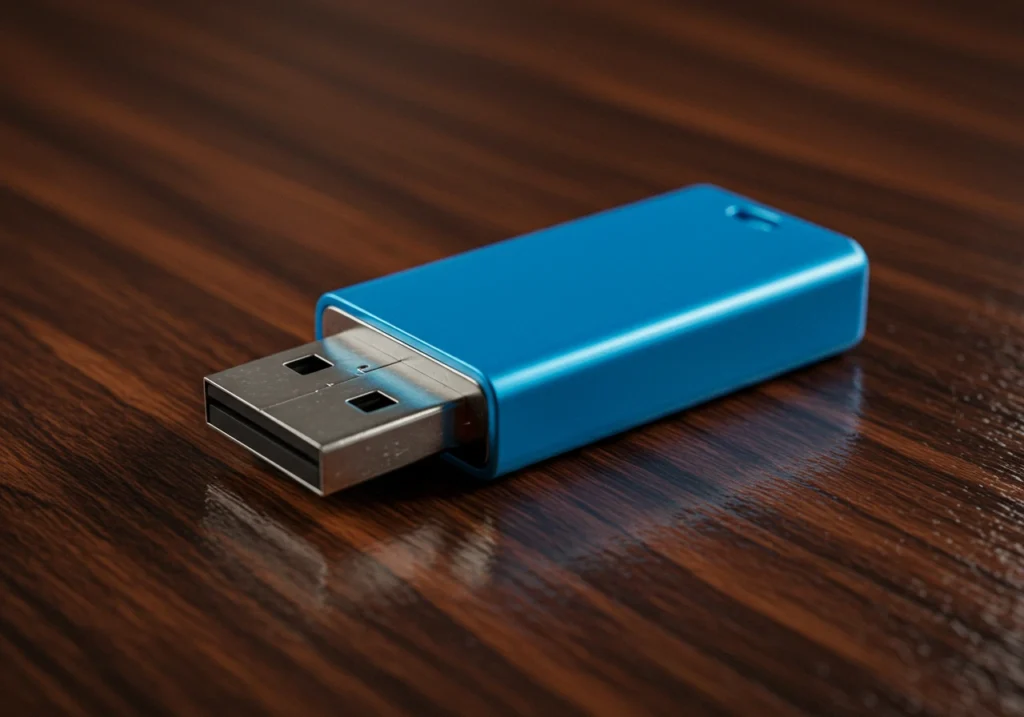
What’s Different About Them?
Let’s lay it out plain and simple. The big difference between hot wallet and cold wallet is this: one’s online, the other’s not. A hot wallet’s always connected, so it’s fast but a bit exposed. A cold wallet stays offline, making it a fortress, though it’s slower to get at. It’s kinda like choosing between keeping cash in your wallet for quick stops or locking it in a bank vault for safety.
Another thing is how they’re set up. Hot wallets are often just apps or programs on your device. Cold wallets? They’re real things you hold, like that gadget I mentioned or paper with codes. I’ve got both going, and honestly, they feel like night and day depending on what I need.
Which Is Tougher to Break Into?
If we’re talking pure safety, a cold wallet wins hands down. Since there’s no internet link, it’s nearly impossible for someone to steal your stuff unless they break into your house and find it. That’s why I trust a best offline wallet for the important chunks of my crypto. Hot wallets aren’t bad, though—they’ve got passwords and protections, and they’re okay for tiny amounts. It really depends on how much you’ve got and how worried you are. What do you think—would you risk more for convenience?
The Good and the Not-So-Good
Why I Like Hot Wallets Sometimes
Hot wallets are great when you need things to move fast. I’ve used one for ages because:
- I can send crypto in just a couple of clicks.
- They’re usually free to get started with on my phone.
- Perfect for little bits I’m spending soon, like buying something small online.
On the flip side, they can be a target. If my phone gets lost or someone hacks my account, I’m in trouble. So I always lock it down with a solid password. Gotta be careful, you know?
What Makes Cold Wallets Awesome
Cold wallets are my go-to for feeling secure. Here’s why I’m a fan of the advantages of an offline wallet:
- No online access means hackers can’t touch it.
- Ideal for stashing away bigger amounts I’m not using right now.
- Some of these devices are tough and easy to tuck away somewhere safe.
Now, they’re not perfect. Getting your money out takes extra steps, which can be a hassle if you’re in a rush. And if you lose the device or forget how to get in, well, good luck. I’ve had a close call with that myself—nearly misplaced my codes once. Talk about a heart-stopper!
Picking the Right One for You
How Do You Use Your Crypto?
I wanna help you feel good about how to choose a secure wallet. Start by thinking about your habits. Do you use your digital money a lot, maybe for buying stuff online or sending to friends? Then a hot wallet might be just right for quick stuff. But if you’ve got a nice stash you’re saving—like for a big goal down the road—go with a cold wallet. I keep a little in a hot one for day-to-day, and the rest is locked up tight in a cold one. Works like a charm. What’s your style?
Why Not Use Both?
Here’s a neat idea I’ve picked up along the way: mix them up! Keep a small bit in a hot wallet, sort of like spare change for quick needs. Then put the bulk in a cold wallet, like a savings stash. That way, if something goes wrong with the online one, you’re not losing everything. I started doing this after a buddy of mine had a close call with a hack. It’s a simple trick for better cryptocurrency wallet security.
Keeping Any Wallet Extra Safe
No matter which you go with, there are ways to beef up safety. Here’s what I do to stay on top of how to protect a Bitcoin wallet:
- Pick a password that’s tricky to guess, with numbers and weird symbols.
- Write down your secret codes and hide them somewhere only you know—not on your laptop.
- Don’t tell anyone your wallet info, even if they seem nice.
- For hot wallets, add an extra lock, like a code sent to your phone.
- For cold wallets, keep the physical thing in a safe spot—don’t just leave it lying around.
Takes a few minutes, sure, but it’s worth it. I sleep better knowing I’ve done what I can.
A Closer Look at Cold Wallets
Moving Your Money to Safety
Setting up a cold wallet isn’t as tough as it sounds. If you’re wondering how to transfer Bitcoin to a cold wallet, it’s like mailing something to a secure box. I bought a little hardware device—a solid pick if you’re asking which is the best cold wallet—and moved my crypto from an online account to it. You connect it just long enough to send the money over, then unplug it. Done. First time I did it, I felt like I’d just built a vault. Pretty cool, right?
Why They Feel Like a Big Win
There’s something so calming about knowing your crypto is untouchable online. I keep mine in a cold wallet for the big stuff, and it’s like having a safety net. Down here where I’m from, we’d say it’s “safe as a bug in a rug.” It’s my fallback, something I leave alone unless I’ve got no choice but to dip into it.
Making Hot Wallets Less Risky
Locking Them Down Tight
Hot wallets might be more open to trouble, but you can still make them tough to crack. I always lock my phone with a good password, and I’m careful not to click on sketchy links or download weird stuff. Could be a trap waiting to snag your info. I also peek at my account now and then to make sure nothing looks off. It’s like checking your bag when you’re out in a crowd—just a quick glance to be sure.
Knowing When to Move to Cold
If you’ve got more in a hot wallet than makes you comfy, it’s time to shift some over to a safer spot. I did that when I noticed I had too much just sitting online. Easy to get lazy, I get it, but splitting things up is the smarter move. Don’t keep all your goodies in one place, ya know?
Wrapping Up: What Feels Right for You?
So, where does this leave us? Both hot and cold wallets have their pros and cons when you’re thinking about how to store cryptocurrencies safely. If you want something quick for small bits, a hot wallet’s your buddy. For bigger amounts or just to ease your mind, a cold wallet—or even using both—is the better bet. I’ve had those nights worrying about losing it all, and figuring this out has been a game-changer for me.
Your crypto matters. Maybe it’s just a start, or maybe it’s a big dream you’re building. Either way, it’s yours to protect. I hope this little talk has cleared things up and given you a path forward. Pick what fits your life, take a second to lock it down, and keep an eye on things. I’ve got your back, and I’m betting you’ve got this handled.
Quick Glance: What to Keep in Mind
- Hot wallets are online and fast, but they’re easier for thieves to target.
- Cold wallets are offline and super secure, though they’re slower to use.
- Use a hot one for daily small stuff, and a cold one for long-term savings.
- Mixing both gives you ease and safety all at once.
- Always use strong passwords and hide your secret info well.
- Think about what you need most—quick access or rock-solid protection.
Got questions or a story about your own setup? I’d love to hear it. Let’s keep chatting about keeping our stuff safe!
Table of Contents

Hello, I’m Edmilson Dias, founder of CoinBringer. I created this platform to guide people through the fast-moving world of cryptocurrency with clarity and safety. With years of research in blockchain and digital security, my goal is to translate complex topics into practical knowledge, offering reliable tutorials, safety insights, and guidance for both newcomers and experienced users.
Discover more from CoinBringer
Subscribe to get the latest posts sent to your email.

